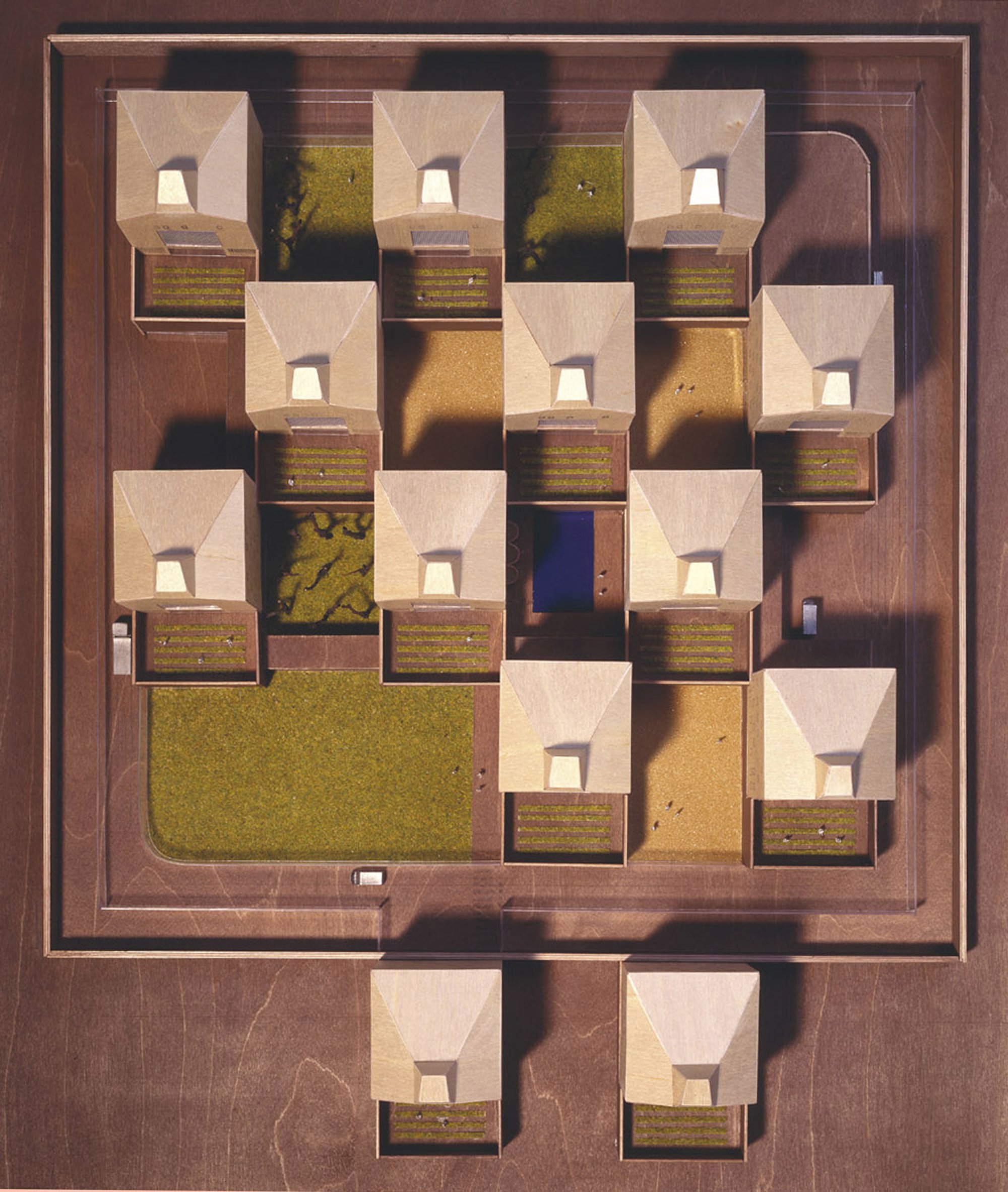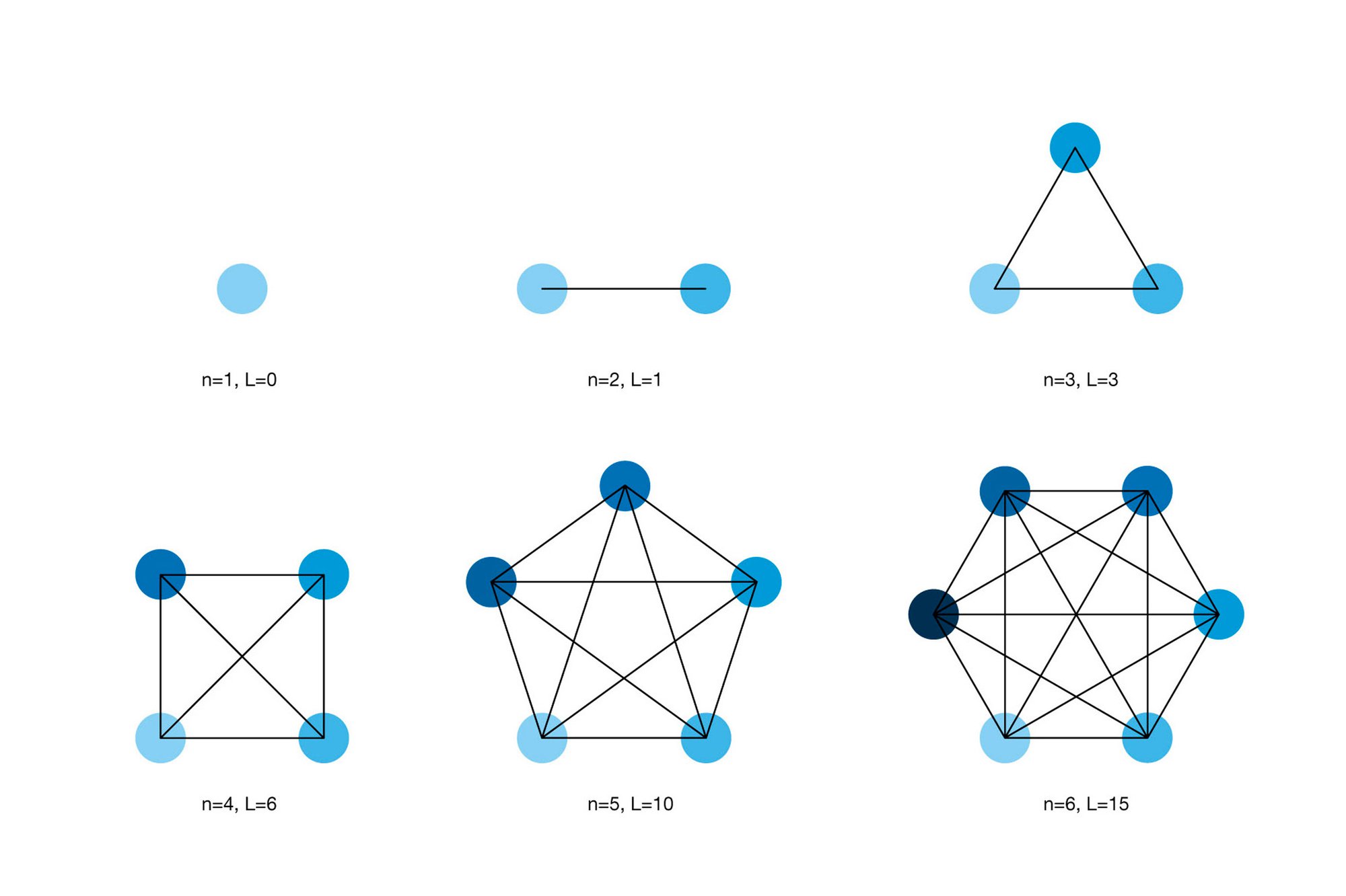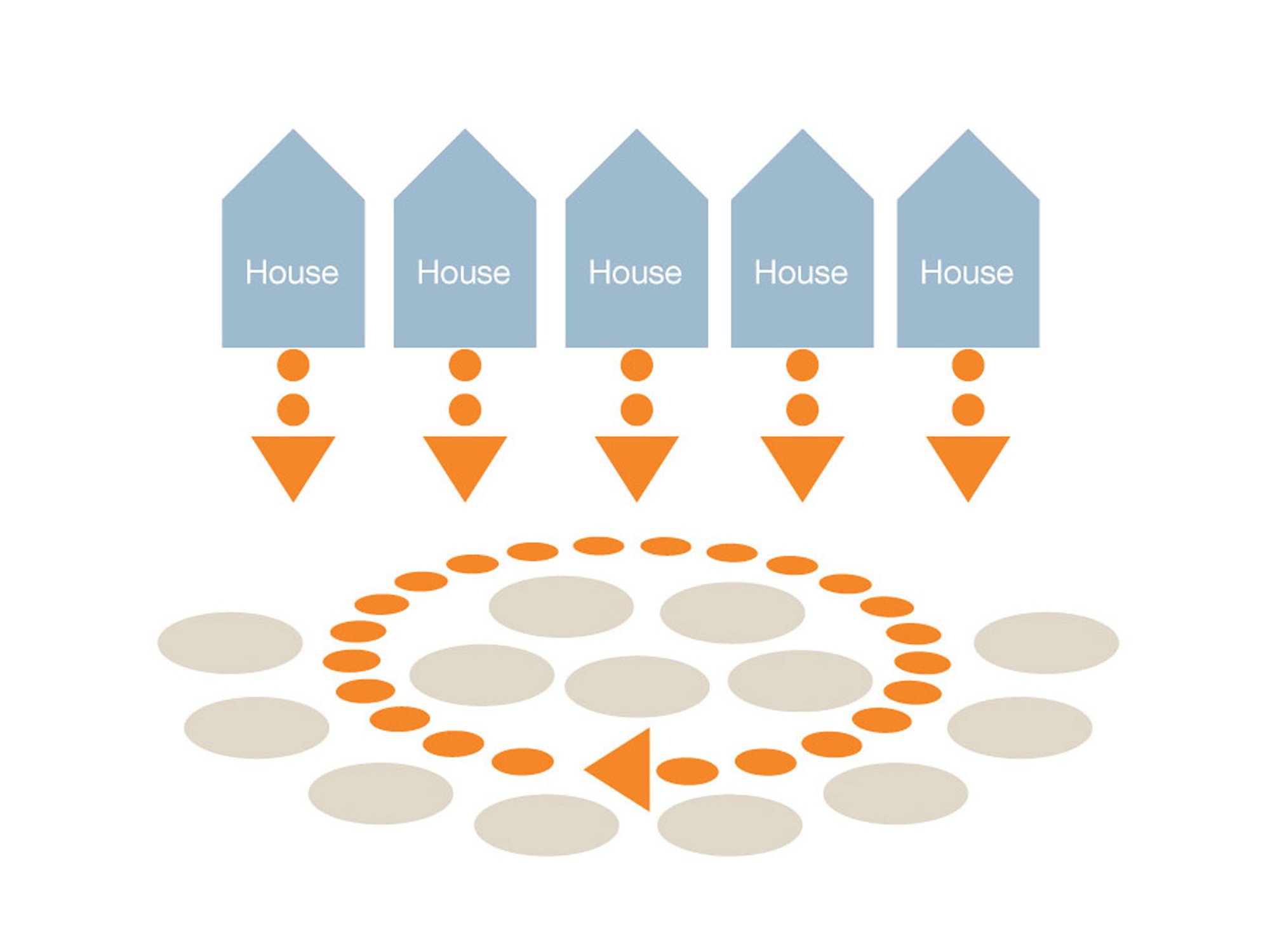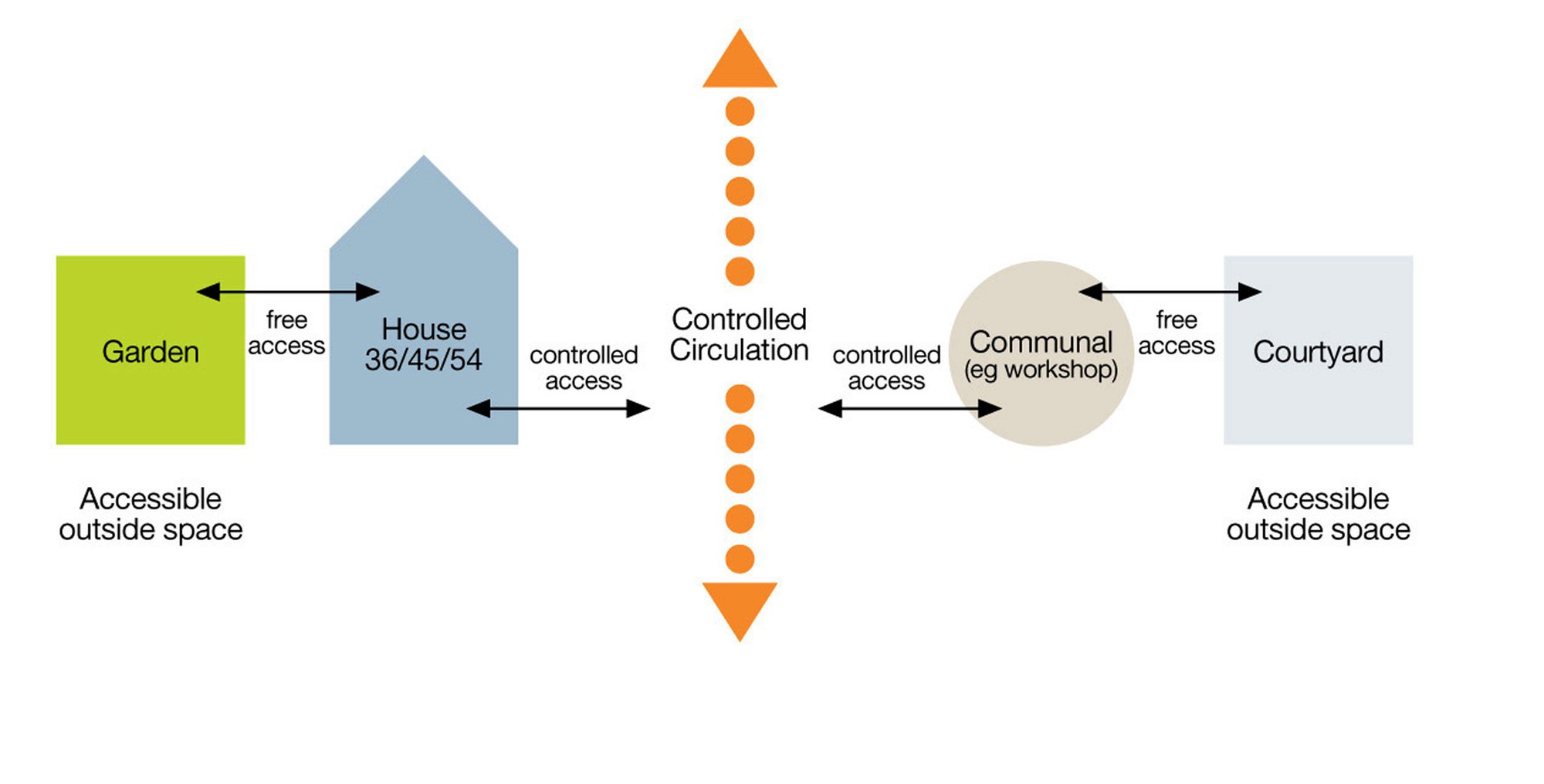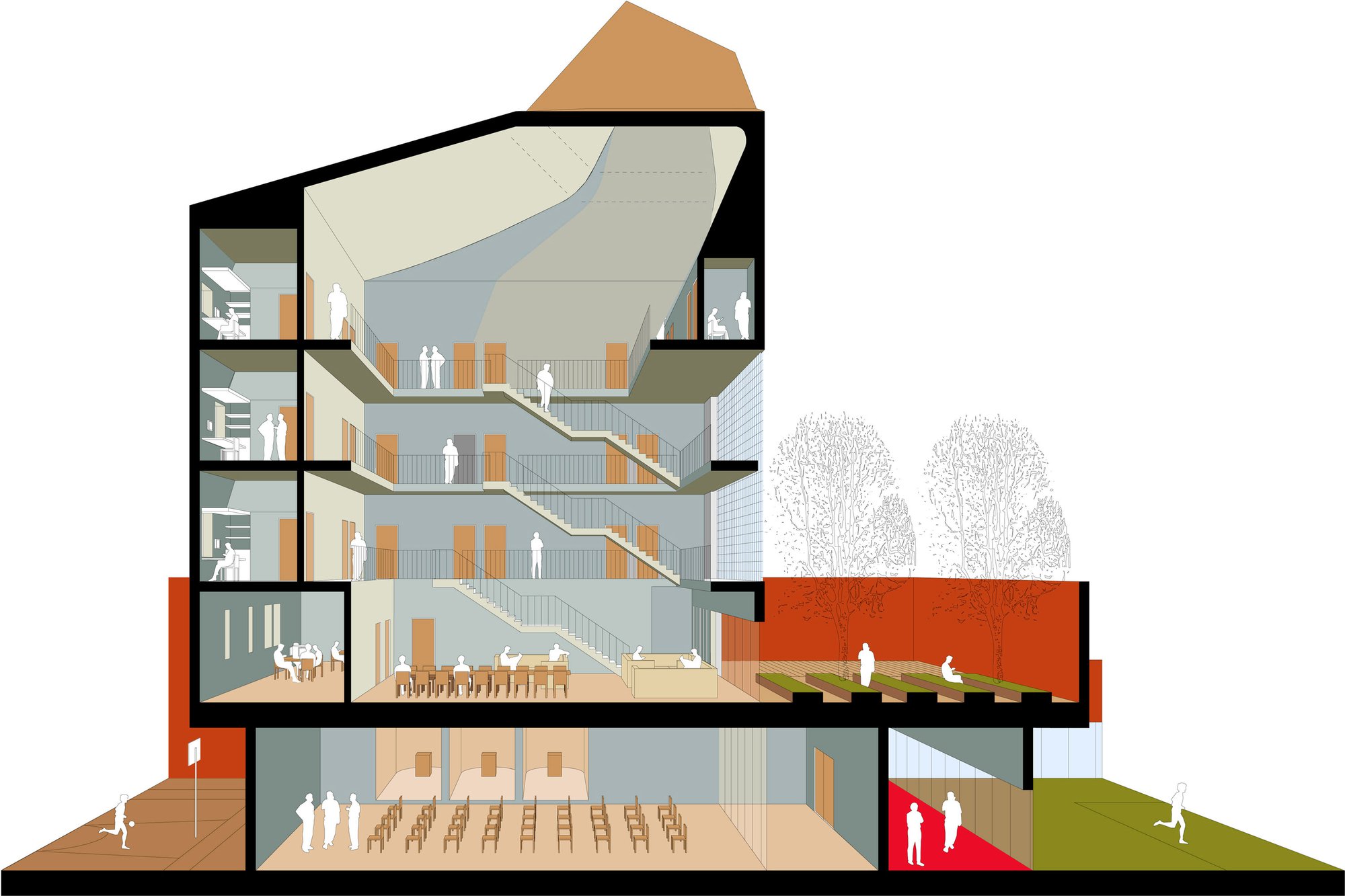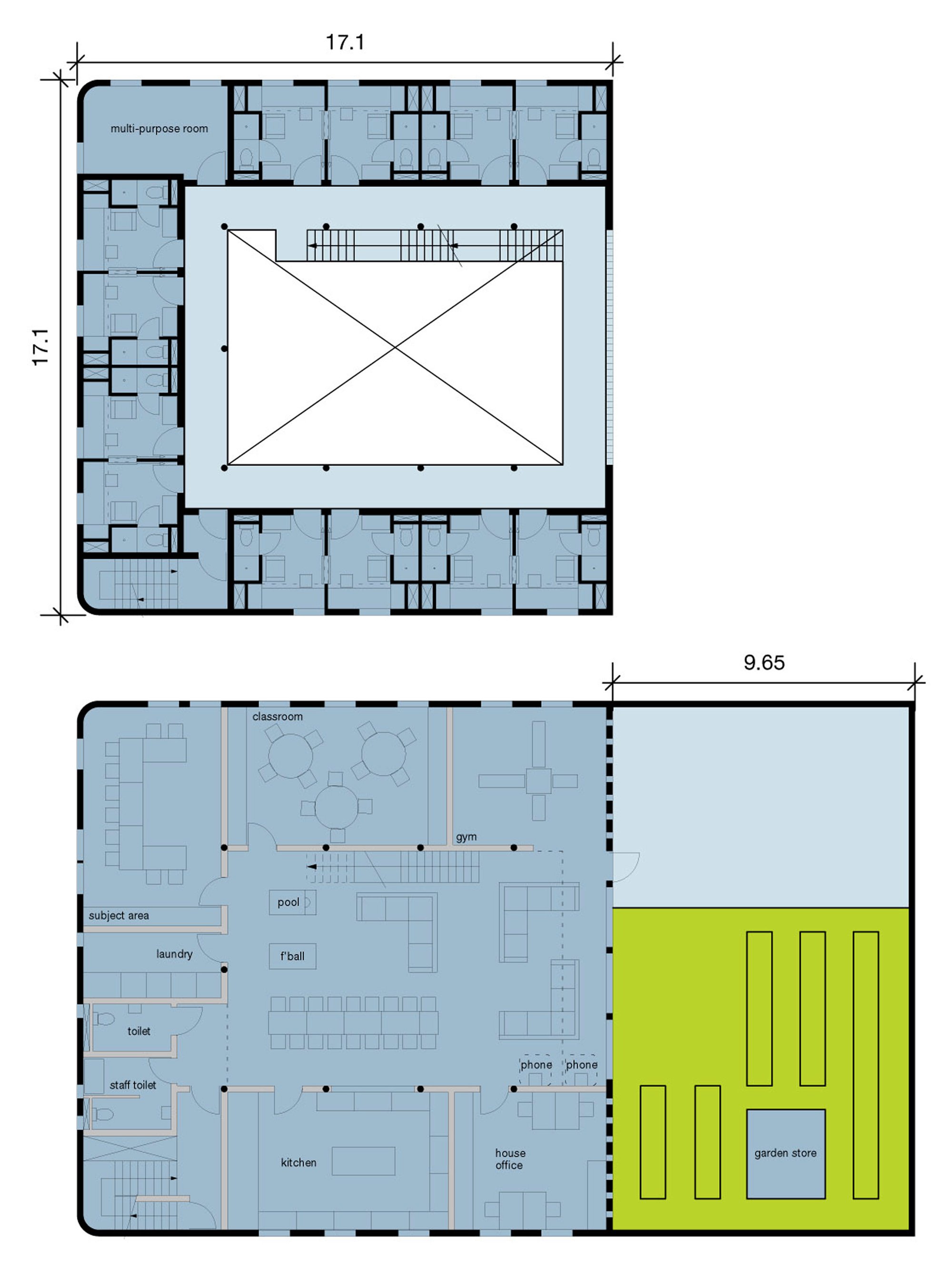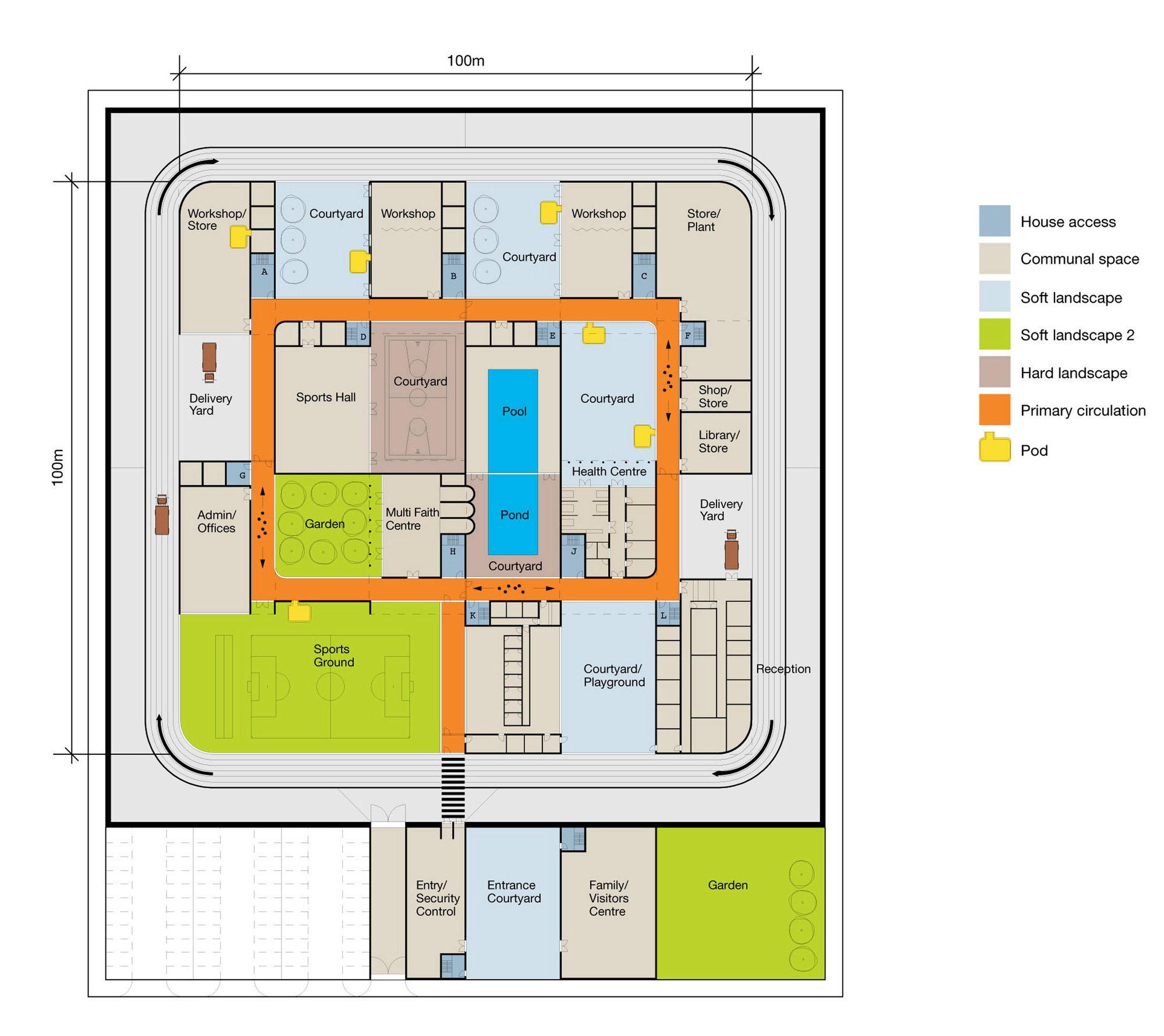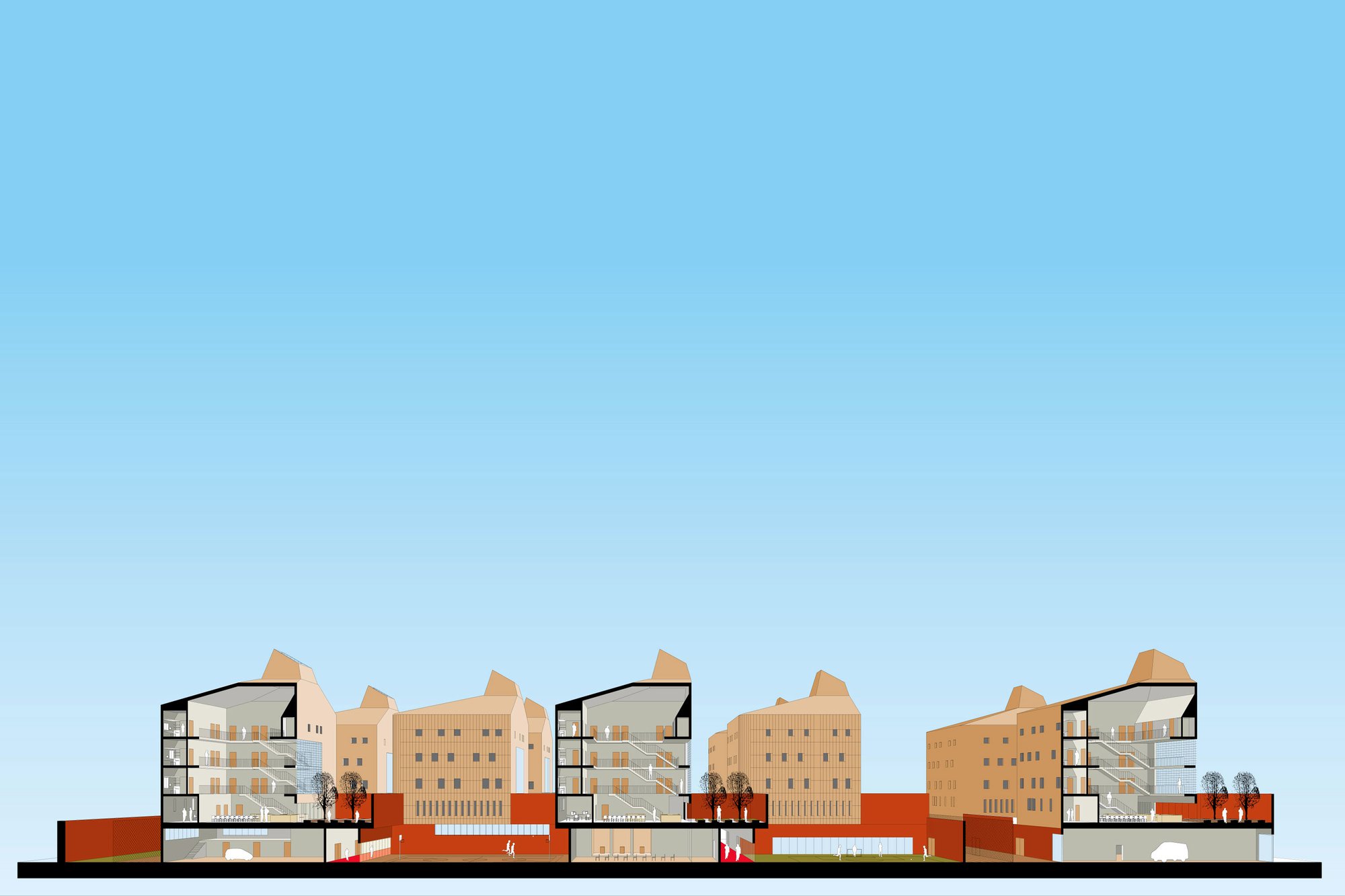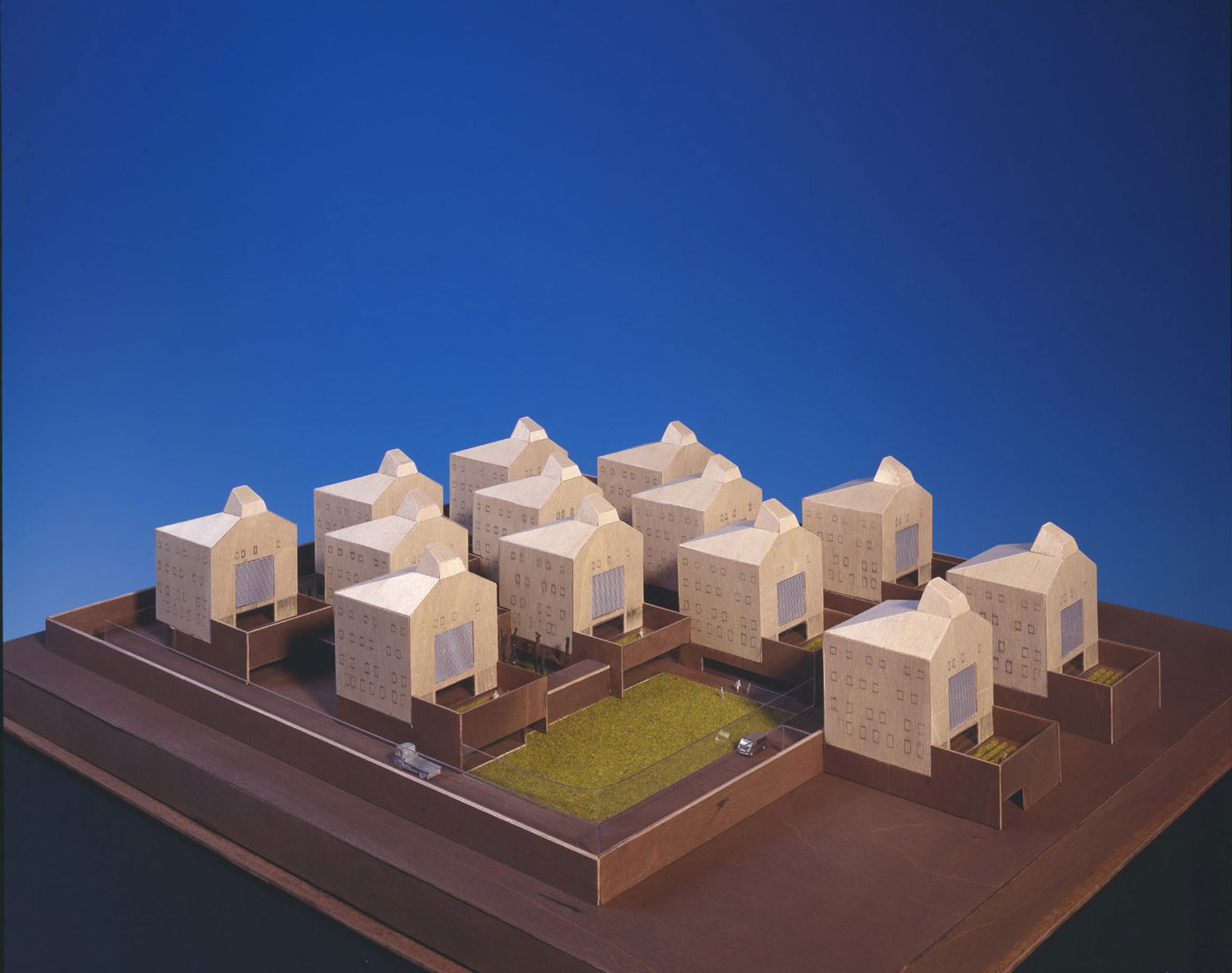The 21st Century Prison
London
2002–
This research project seeks to devise a prison environment and regime that would reduce recidivism and improve the prospect of resettlement through prisoner education and engagement. The model has led to further development with the UNDP in Africa and Artesis University and Flanders inShape in Belgium.

